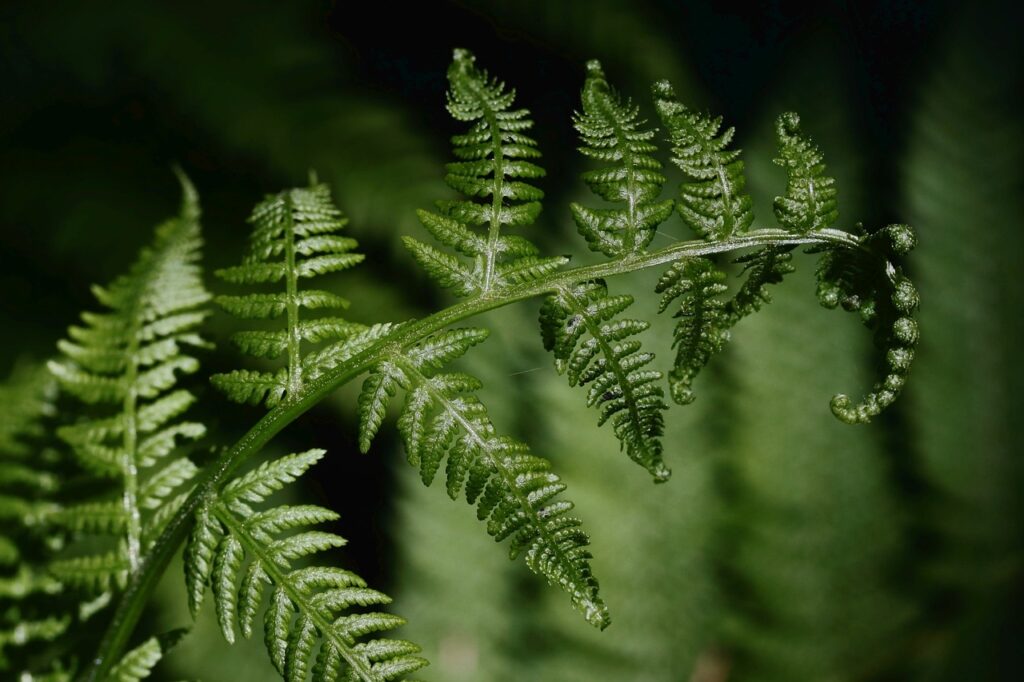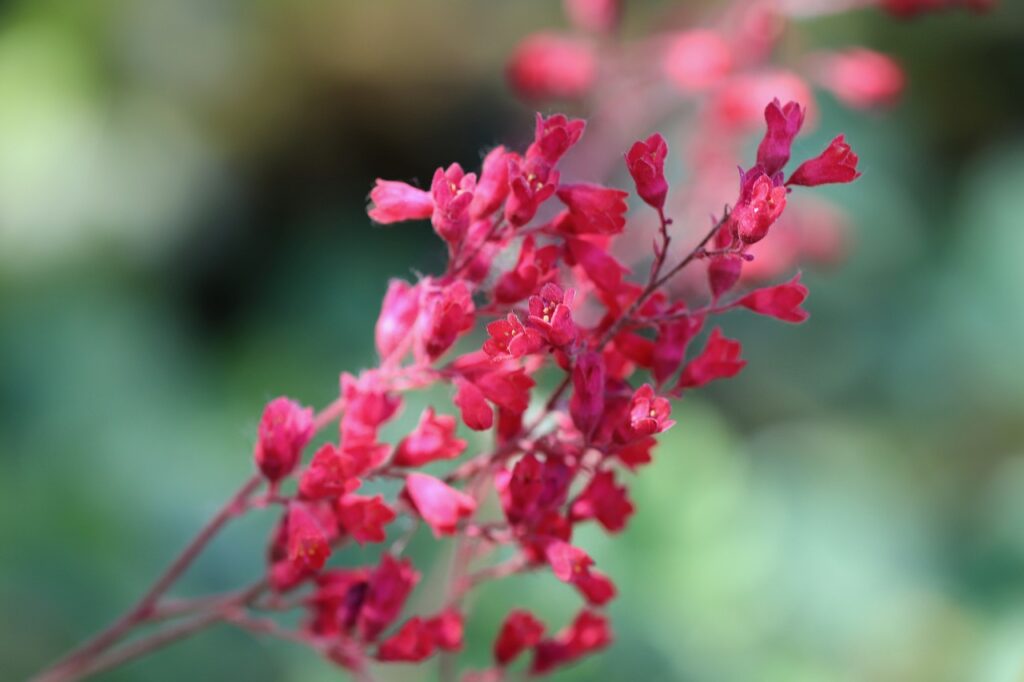Gardens Without Sunlight
Gardens without sunlight, commonly known as shade gardens, are spaces where the available light is limited. They offer unique opportunities to grow a variety of plants that prefer indirect or low light conditions. The key to success lies in choosing the right plants and understanding their specific needs.
Benefits of Shade Gardens
Shade gardens provide numerous benefits that extend beyond their aesthetic appeal. Understanding these benefits can help you appreciate the value of cultivating a garden in less-than-sunny conditions.
Environmental Benefits
Shade gardens contribute positively to the environment in several ways. They help reduce the heat island effect in urban areas by cooling the surrounding air. Additionally, they improve air quality by absorbing carbon dioxide and releasing oxygen, much like their sunlit counterparts.
Personal Benefits
On a personal level, shade gardens offer a serene and cool retreat during hot summer days. They can be a sanctuary for relaxation and meditation, providing a lush, green environment that soothes the senses. Furthermore, gardening in shaded areas can reduce the risk of sunburn and heatstroke, making it a safer outdoor activity during peak sun hours.
Understanding Shade Levels
Before selecting plants for your shade garden, it’s essential to understand the different levels of shade and how they affect plant growth. Shade can be categorized into three main types: full shade, partial shade, and dappled shade.
Full Shade
Full shade areas receive no direct sunlight. These spaces are often found under dense tree canopies or on the north side of buildings. Plants that thrive in full shade are adapted to low light conditions and often have lush, green foliage.
Partial Shade
Partial shade, also known as semi-shade, refers to areas that receive sunlight for a few hours a day, usually in the morning or late afternoon. This type of shade is ideal for plants that need some sunlight to bloom but cannot tolerate the intense heat of full sun.
Dappled Shade
Dappled shade is created when sunlight filters through the leaves of trees, providing intermittent light. This type of shade is similar to the natural habitat of many woodland plants, making it an ideal environment for a diverse range of species.
Best Plants for Shade Gardens
Choosing the right plants is crucial for a successful shade garden. Here are some top picks for shade-loving plants that can thrive in low light conditions.
Ferns
Ferns are classic shade garden plants, known for their delicate fronds and lush green foliage. They come in various sizes and shapes, making them versatile for different garden designs.

Hostas
Hostas are popular for their large, textured leaves and come in a variety of colors and patterns. They are easy to grow and can tolerate a wide range of shade conditions.

Astilbes
Astilbes are valued for their feathery plumes of flowers that add a splash of color to shade gardens. They thrive in moist, well-drained soil and prefer partial to full shade.

Heucheras
Also known as coral bells, Heucheras are prized for their colorful foliage that ranges from deep burgundy to bright lime green. They are low-maintenance and can add vibrant hues to shaded areas.
Hydrangeas
Hydrangeas are beloved for their large, showy flower clusters that can range in color from pink to blue, depending on the soil pH. They prefer partial shade and need regular watering.
Impatiens
Impatiens are excellent for adding color to shady spots with their bright, cheerful blooms. They are easy to grow and come in a variety of colors.
Begonias
Begonias are versatile plants that can thrive in both indoor and outdoor shade gardens. They have striking flowers and foliage, making them a popular choice for adding visual interest.
Creating a Shade Garden Design
Designing a shade garden involves careful planning and consideration of the available space, light levels, and plant selection.
Assessing Your Space
Start by evaluating the amount of light your garden receives throughout the day. Note areas of full shade, partial shade, and dappled shade. This assessment will help you choose the right plants for each section of your garden.
Choosing the Right Plants
Select plants that are well-suited to the light conditions of your garden. Consider a mix of foliage plants for texture and flowering plants for color. Group plants with similar water and light requirements together for easier maintenance.
Planning Layout and Layers
Create a visually appealing garden by incorporating layers of plants with varying heights and textures. Use taller plants to provide a backdrop and shorter plants to fill in the foreground. Adding garden structures like trellises and benches can also enhance the overall design.
Soil and Fertilization for Shade Gardens
Good soil quality is vital for the success of a shade garden. Shade-loving plants often prefer rich, well-drained soil.
Importance of Soil Quality
Improve your soil by adding organic matter such as compost or well-rotted manure. This will enhance soil structure, fertility, and moisture retention, providing a healthy environment for your plants.
Best Fertilizers for Shade-Loving Plants
Use balanced, slow-release fertilizers to provide essential nutrients to your plants. Avoid over-fertilizing, as this can lead to lush foliage at the expense of flowers. Organic fertilizers like fish emulsion or seaweed extract are excellent choices for shade gardens.
Watering Techniques for Low Light Plants
Proper watering is crucial for shade gardens, as the lower light levels can affect the water needs of plants.
Proper Watering Methods
Water your shade garden deeply but less frequently to encourage deep root growth. Check the soil moisture regularly and adjust your watering schedule based on weather conditions and plant needs.
Mulching Benefits
Mulching helps retain soil moisture, suppress weeds, and regulate soil temperature. Use organic mulches like wood chips, bark, or compost to provide these benefits while also enriching the soil as they decompose.
Pest and Disease Management
Shade gardens can attract a variety of pests and diseases, but with proper management, you can keep your garden healthy.
Common Pests in Shade Gardens
Slugs and snails are common pests in shade gardens, as they thrive in cool, moist environments. Aphids, spider mites, and whiteflies can also be problematic.
Natural Pest Control Methods
Use natural pest control methods such as introducing beneficial insects like ladybugs and lacewings, setting up slug traps, and using neem oil or insecticidal soap to manage pests. Regularly inspect your plants for signs of pests and take action promptly.
Innovative Garden Ideas for Shaded Areas
Maximize the potential of your shaded spaces with these creative gardening ideas.
Vertical Gardens
Vertical gardens are perfect for small shaded areas. Use wall-mounted planters, trellises, or hanging baskets to grow shade-loving plants vertically. This not only saves space but also adds visual interest.
Container Gardening
Containers allow you to create flexible and portable gardens in shaded areas. Choose containers with good drainage and use high-quality potting mix. Group containers of various sizes and shapes for a dynamic look.
Indoor Shade Gardens
Indoor shade gardens can brighten up your home and improve air quality. Use low light plants like ferns, peace lilies, and snake plants to create a lush indoor oasis. Ensure proper humidity and avoid overwatering to keep your indoor garden thriving.
Maintenance Tips for Shade Gardens
Regular maintenance is essential for keeping your shade garden healthy and beautiful.
Pruning and Deadheading
Prune dead or damaged foliage regularly to maintain plant health and appearance. Deadhead spent flowers to encourage new blooms and prevent the plant from expending energy on seed production.
Seasonal Care
Adjust your gardening practices according to the seasons. In spring, refresh mulch and compost, and divide overcrowded plants. During summer, monitor watering needs and watch for pests. In fall, clean up fallen leaves and prepare plants for winter by adding a layer of mulch for insulation.